|
In 1290, Eleanor, Edward I’s Queen died at Harby near Lincoln from a fever. The King, heartbroken and in mourning accompanied Eleanor’s body (minus her internal organs which were interred at Lincoln) on its slow procession to London for burial at Westminster Abbey. In commemoration of his late Queen, Edward had twelve memorial crosses erected at the points where the body had rested each night on its journey south. The cortege’s progress had been slow, being ‘dictated by the royal houses and monasteries where the king could spend the night’ (Aslet, p.323). The resulting twelve crosses were the work of different designers and masons and were not uniform in style or size. It is safe to assume that the grandest of the twelve were at Cheapside and Charing Cross in London if only because the accounts from the time indicate that these were the most expensive constructions (Alexander and Binski, p.362). Some speculation is necessary when discussing the Eleanor Crosses because, of the twelve that were built in the 1290s, only three – at Waltham Cross, Hardingstone and Geddington (below) survive today. The monument now outside Charing Cross station, incidentally, is Victorian; it is not a replica of the thirteenth century cross, nor is it at the site of the original. In 1290, Geddington, home to royal hunting lodge, was the third halt, after Grantham and Stamford, on the journey to London. Today, this fine memorial looks just as it did when this engraving was published in 1805 (you can see the full item description here). Moreover, apart from some natural weathering, the cross looks the same as it did when it was built around 725 years ago.
Geddington’s longevity and relative intactness is all the more impressive when viewed against the privations visited upon some of its fellow crosses. The monuments at Charing Cross and Cheapside were both destroyed in a bout of Puritanical fervour (under an ordinance from the Parliamentary Committee for the Demolition of Monuments of Superstition and Idolatry) during the 1640s. In the early eighteenth century, the Eleanor Cross at St Albans, following years of neglect, was demolished. Later in the same century, the example at Waltham Cross was adorned with road signs. That the Eleanor Crosses have suffered the all too common traits of carelessness and wilful destruction is irrefutable. That the cross at Geddington still stands, both as a memorial to a Queen and as a tangible link to another age, is therefore a reason to celebration. That this monument, ‘one of the most sophisticated pieces of architecture…from the Middle Ages’ (Aslet, ibid) remains in near original condition is truly a reason to rejoice. References and Further Reading Alexander, J and Binski, P, Eds. (1987), Age of Chivalry: Art in Plantagenet England 1200-1400, Royal Academy Aslet, C (2005), Landmarks of Britain, Hodder and Stoughton
Click on the images to see each picture's full description
The screen
slams
Like a vision she
across the
As the radio plays
Roy Orbison singing for the lonely
that's me and I want you only
Don't turn me
again
I just can't
myself alone again
Don't
inside
Darling you know just what I'm here for
So you're
and you're
That maybe we ain't that young anymore
Show a little
there's
in the
You ain't a
but
you're alright
Oh and that's alright with me
You can
'neath your
And
your pain
Make
from your
Throw
in the
Waste your
in vain
For a
to rise from these
Well now I'm no hero
That's understood
All the redemption I can offer
Is beneath this dirty
With a chance to make it good somehow
what else can we do now?
Except roll down the
And let the
blow back your
Well the
busting open
These two
will take us anywhere
We got one last chance to make it real
To trade in these
on some
Climb in
Heaven's waiting on down the
Oh, oh come take my
We're
out tonight to case the promised land
Oh, oh
oh
Oh
out there like a
in the
I know it's late we can make it if we
Oh
sit tight
Well I got this guitar
And I learned how to make it talk
And my
out
If you're ready to take that long
From your front
to my front
The
open but the ride ain't free
And I know you're lonely
For words that I ain't spoke
Tonight we'll be free
All promises'll be broken
There were
in the
Of all the
you sent away
They haunt this dusty
road
In the
of burned out
They
your name at
in the
Your graduation
lies in rags at their
And in the lonely cool before dawn
You hear their engines
on
But when you get to the
they're gone on the wind
So
climb in
It's a
full of losers
I'm
out of here to win
Into the distance a
to the point of no turning
A
of fancy on a
field
alone my senses reeled
A
attraction is holding me fast
How can I escape this irresistible
Can't keep my
from the
and
just an earth bound misfit, I
is forming on the tips of my
Unheeded warnings
I though I'd thought of everything
No
to find my way
Unladened, empty and turned to
A soul in tension that's
to
Condition grounded but determined to try
Can't keep my
from the
and
just an earth bound misfit, I
Above the planet on a
and a
My grubby
a vapour trail in the empty air
Across the
I see my
Out of the corner of my
A
unthreatened by the morning
Could blow this soul
Right through the
of the
There's no sensation
to compare with this
animation, a state of bliss
Can't keep my mind from the
and
just an earth bound misfit, I
It is possible to view the history of art as a house with many levels. Fancifully, if we were to take a tour we might discover the prehistoric cave paintings at Altamira and Lascaux in the cellar before ascending to windowed rooms where we’ll find Egyptian art. Another staircase will take us to floors crammed with works from the Renaissance. As we climb further up the building we’ll pass through floors containing Baroque, Rococo and Neoclassical art. The 19th century alone will contain numerous floors. By the time we reach the 20th century we’ll be many, many levels above the ground. Climbing on, we’ll reach the present day but we shouldn’t rest or pause too long. The tour won’t be over – this tour will never be over – for this is a house that will never be completed. Like all buildings, this arthouse has nooks and crevices hidden away that are rarely illuminated by the sun. In one of these nooks we might encounter paintings and drawings along similar lines to this: This charming work from our selection of drawings (appropriately titled Charmingly Finished; click here or on the drawing to see the full description) was sketched in 1823. The artist is unknown (it is initialled ‘W.T.C.’) but it provides a small insight into an overlooked subset of art history that first came to prominence in the 16th century. Known as singeries (from the French for ‘monkey tricks’), works depicting apes dressed as humans and acting in a human manner were first produced by Flemish artists; the idea was then taken up by painters and designers in France. Within in our house and its histories, the monkey has held numerous attributes. ‘Medieval and Renaissance man saw in the ape an image of his baser self. Thus it came to symbolize Lust, one of the seven deadly sins, idolatry and vice in general. In Christian art, with an apple in its mouth, it stood for the Fall of Man’ (Hall, 2001, p.10). A little further up the house, it was the artist who became most closely associated with the ape – both being known for their skill in imitation. This imitativeness was enshrined in the saying Ars simia Naturae – art is the ape of nature. In turn, this led to painters depicting ‘the artist as an ape, in the act of painting a portrait, generally of a female… This parody of man was extended to other human activities and apes were represented sitting at the meal table, playing cards or musical instruments, drinking, dancing and so on’ (Hall, 1989, p.22). The high point of anthropomorphised monkeys in art was during the Rococo period of the 18th century. Already a playful diversion in the arthouse, Rococo style was further enlivened by the introduction of monkeys in, for example, the work of Antoine Watteau (1684-1721), above. Although the vogue of Singeries largely died out in the nineteenth century, the monkey is still used (albeit without the anthropomorphism), for both parody and satire, in art today. Here on the top floor of the house we'll find monkeys in the work of Jeff Koons and far off in the distance we might find, beside a group of builders hastily constructing yet another staircase, something like this on the wall: And, as this is an imaginary house, we might find Banksy, spray can in hand, standing next to it.
References Hall, James (2001), Illustrated Dictionary of Symbols in Eastern and Western Art Hall, James (1989), Dictionary of Subjects and Symbols in Art
You've left my
by the
Now is that
You've cleaned me out
you could say
Now is that
The
it gets
The more these
forget
That that is
You
you
Now is that, is that
A teasing
has
me out
Now is that, is that
The
it gets
The more my
frequent
Now that is
Beat me up with your
your walk out
Funny how you still find me
right here at
with a
and a
Now is that
that's making you
You've called my
I'm not so hot
Now is that
My assets
while yours have
Now is that, is that
It's the
That more or less survived
Now that is
Beat me up with your
your walk out
Funny how you still find me
right here at
with a
and a
Now is that
that's making you
You've made my
the
Now is that, is that
The
you
you
you cool down
The easier
is found
Now that is
|
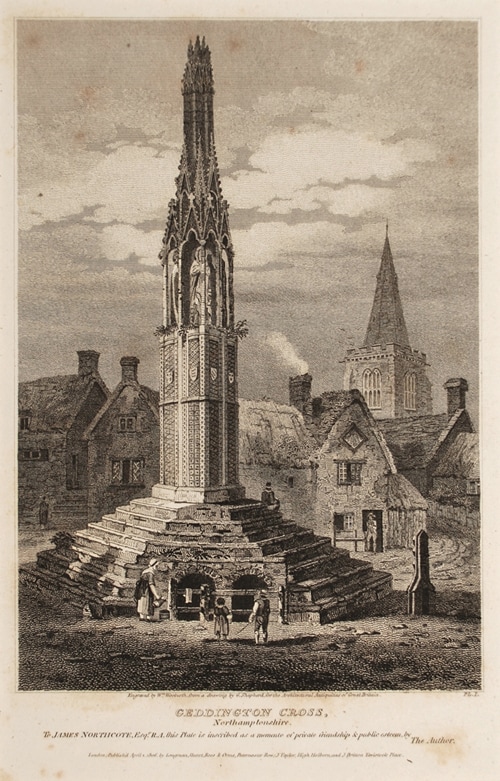
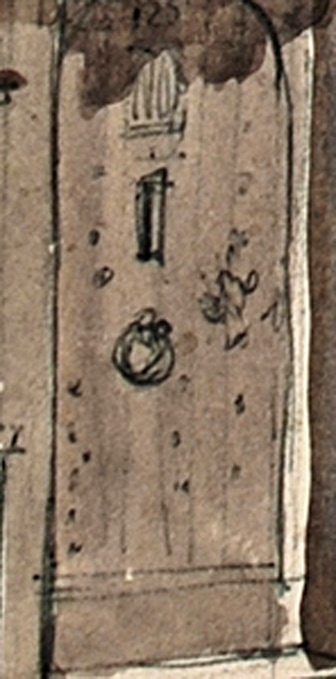
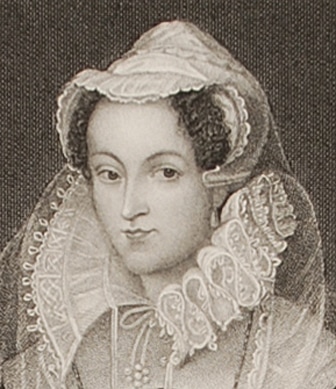
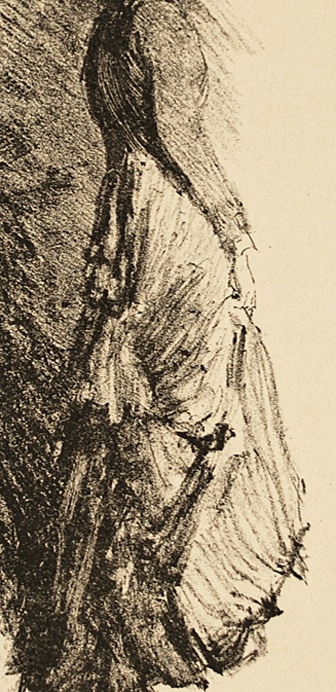
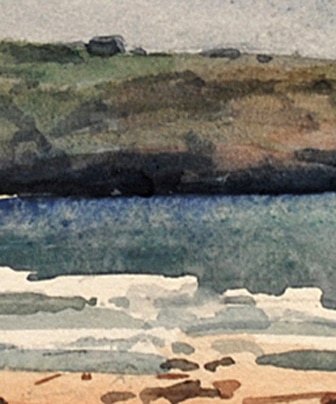
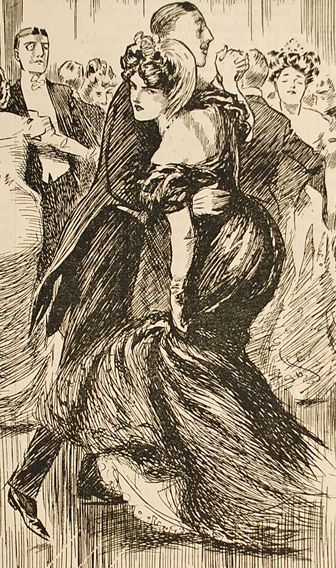
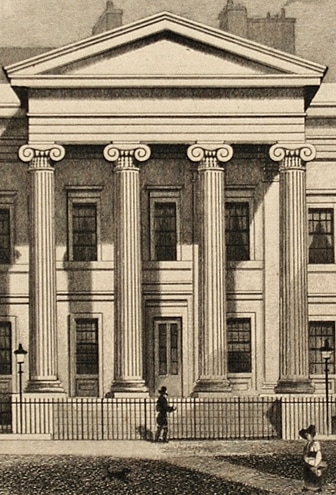
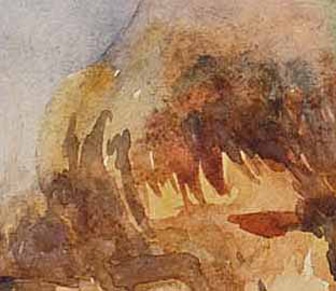
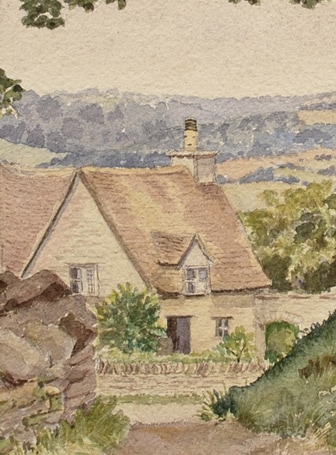
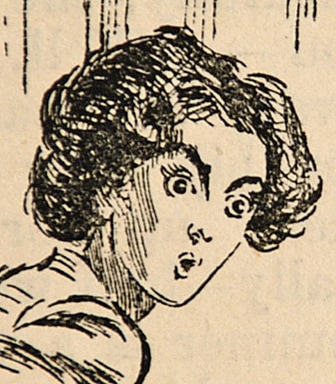
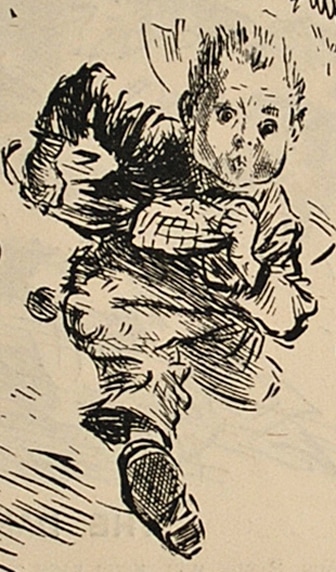
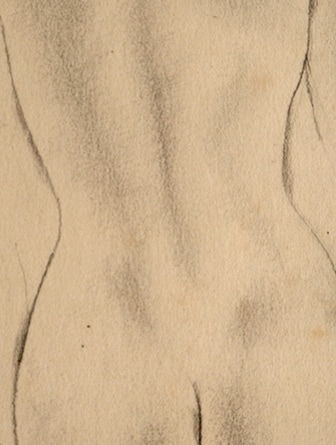
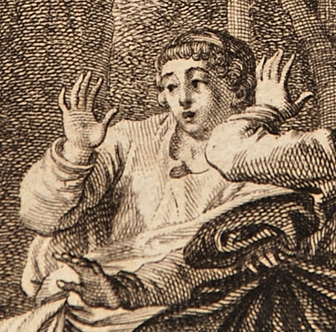
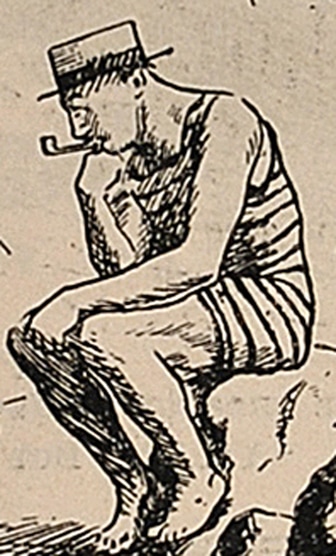
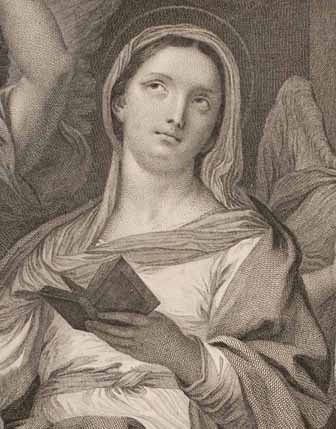
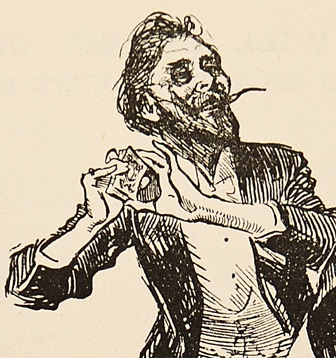
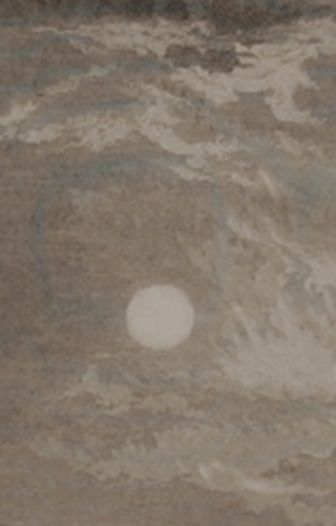
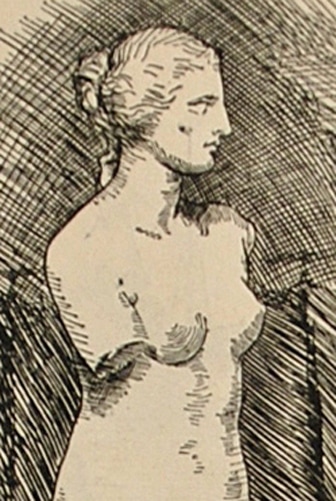
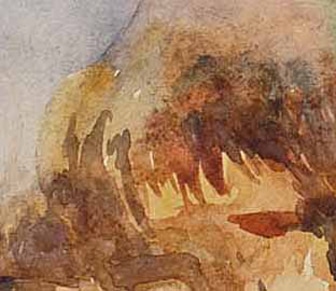
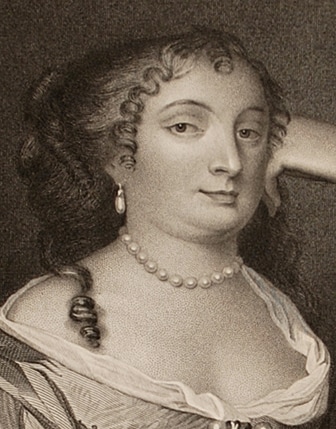
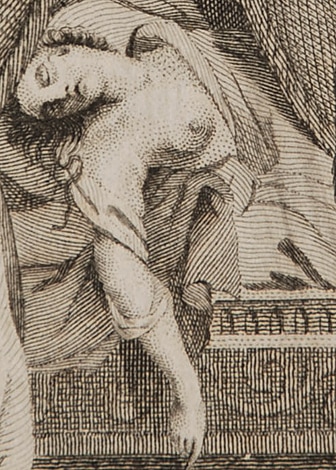
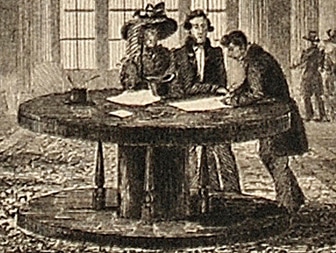
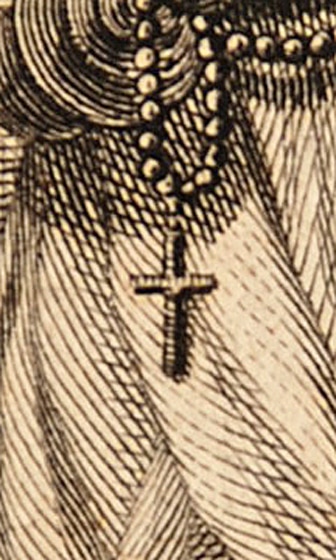
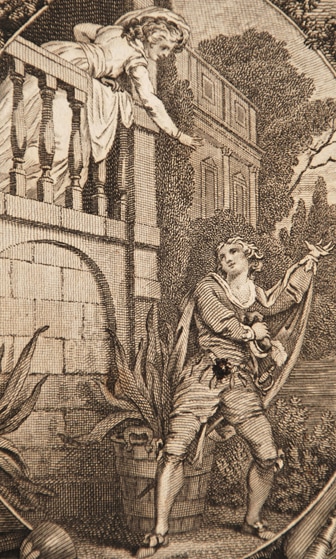
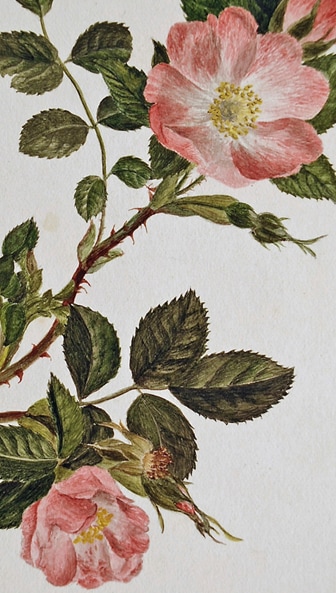
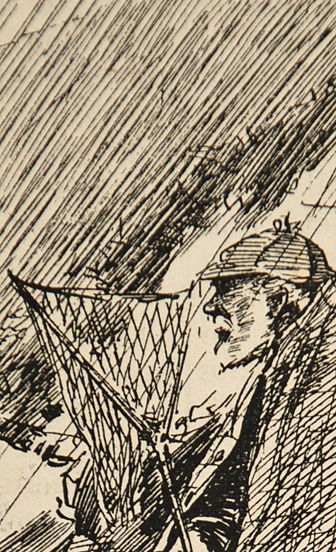
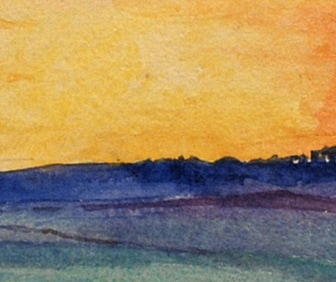
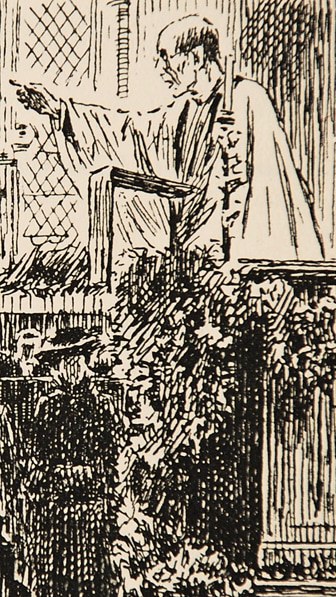
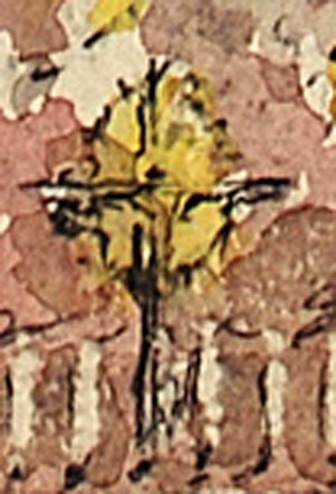
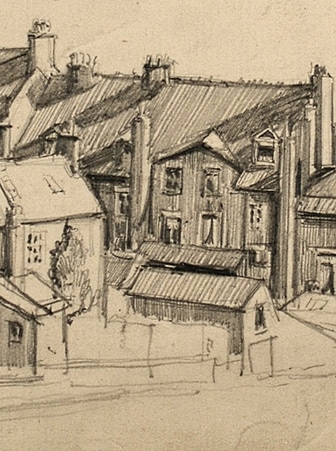

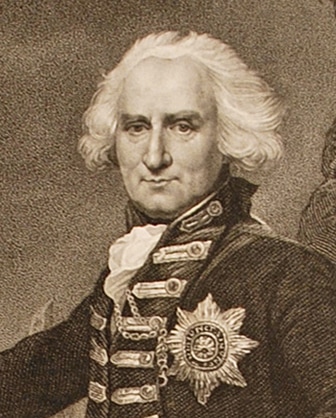
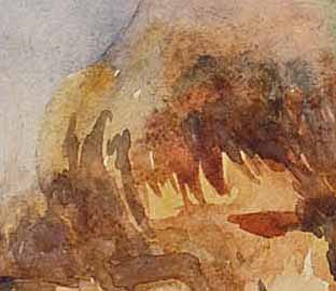
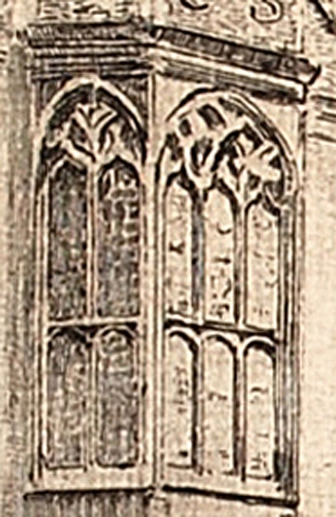
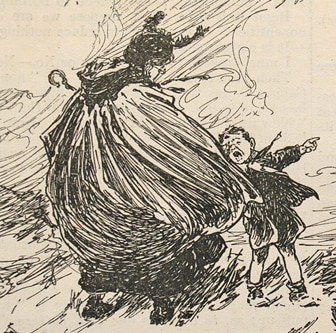
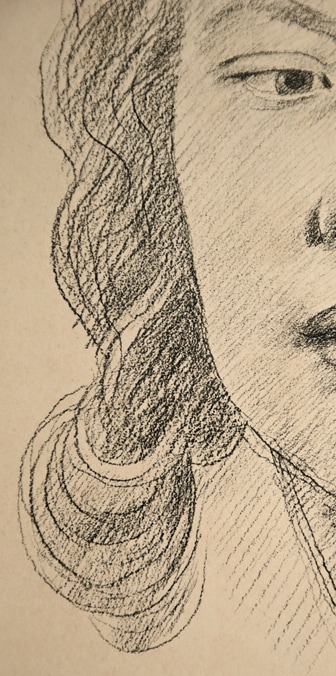
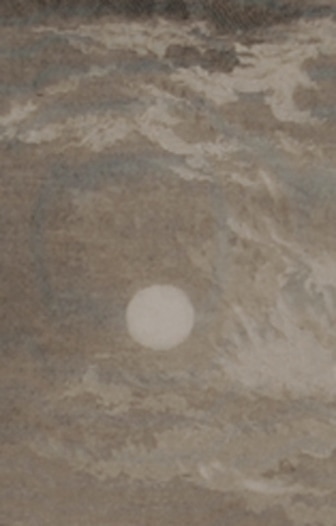
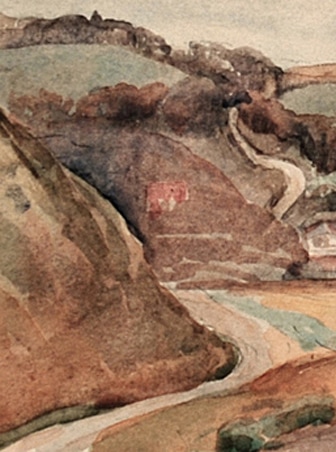
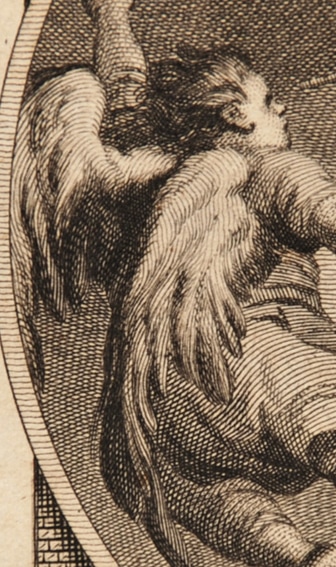
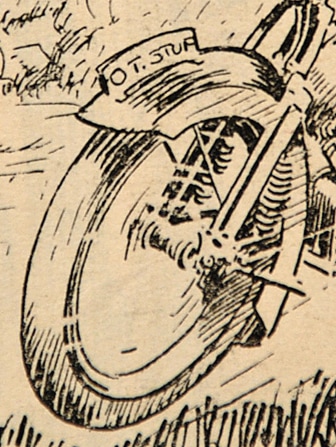
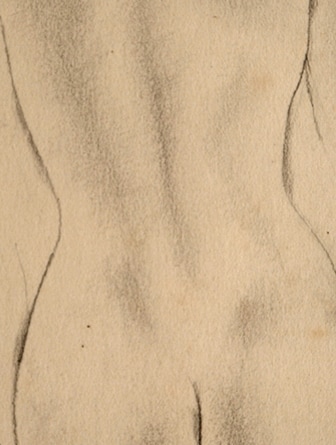
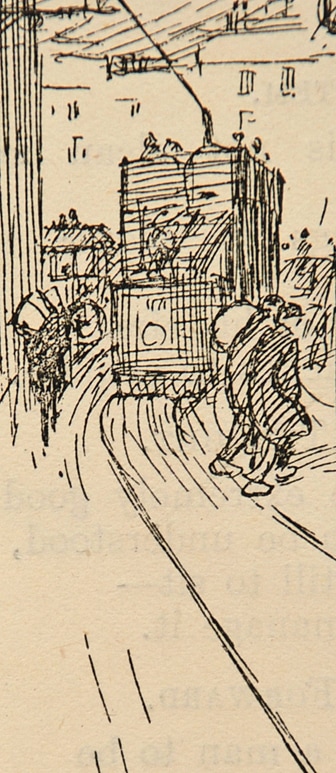
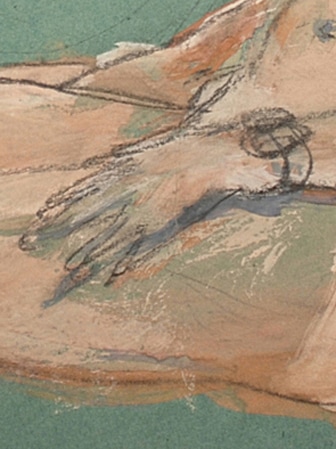
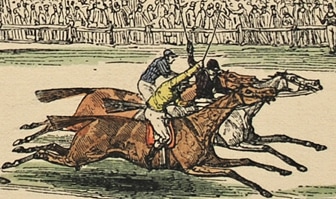
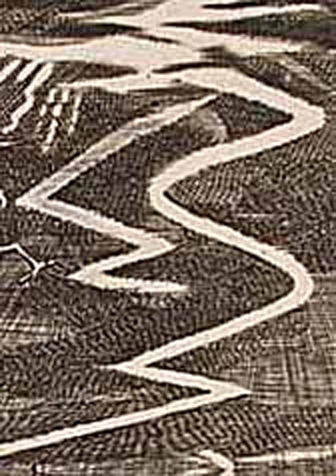
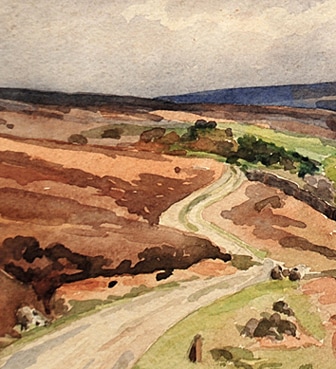
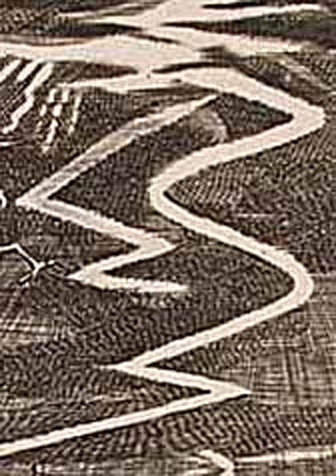
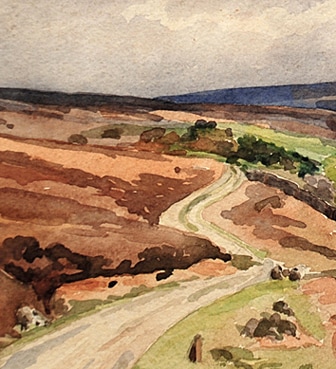
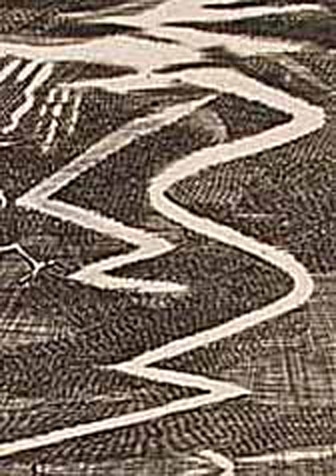
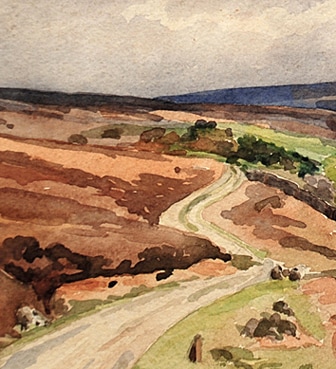
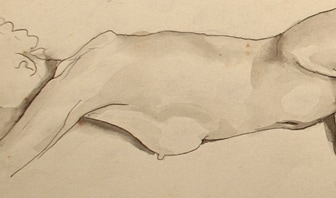
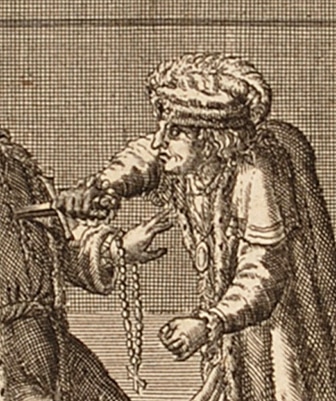
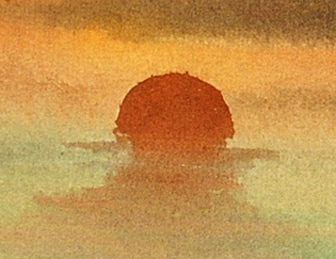
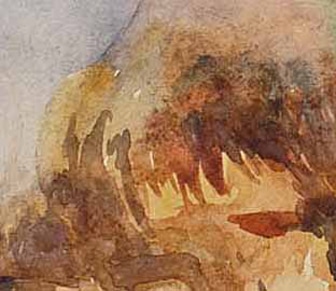
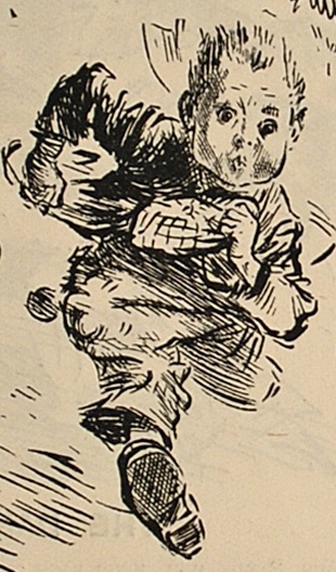
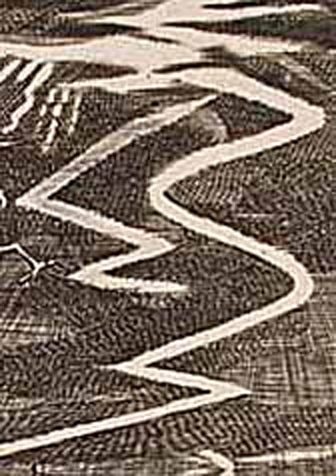
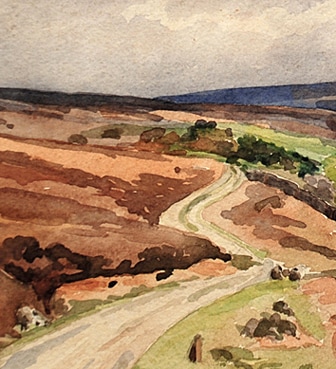
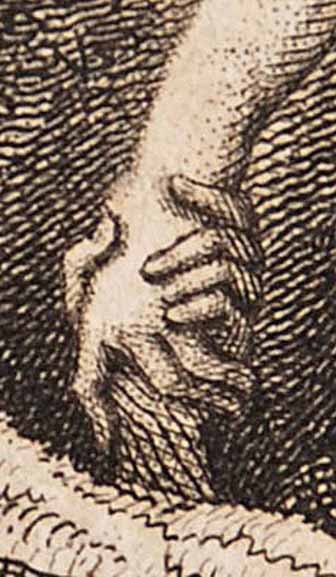
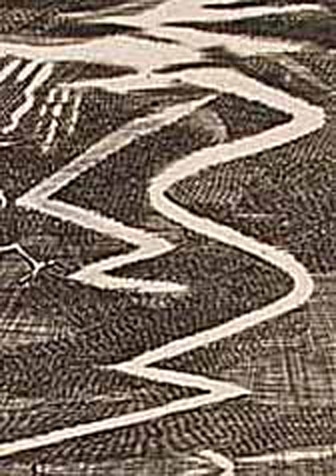
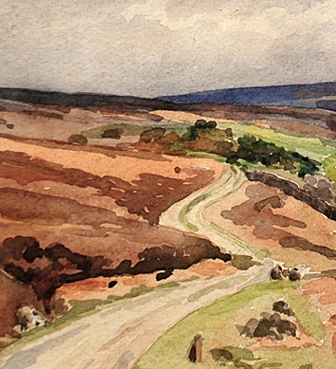
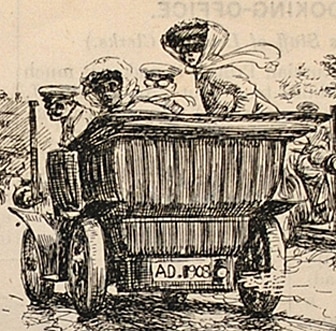
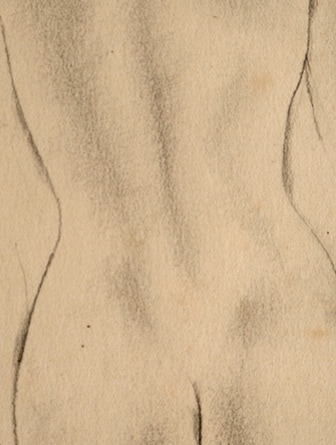
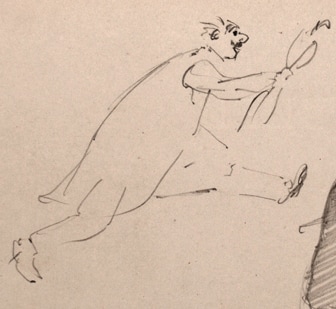
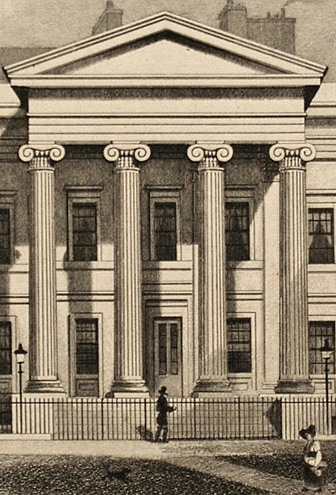
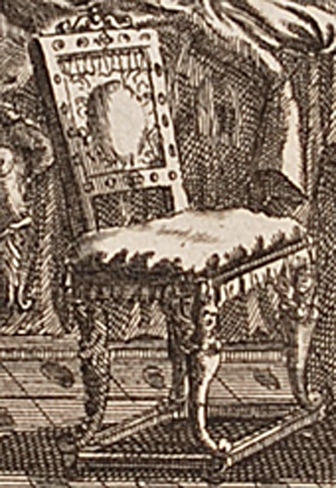
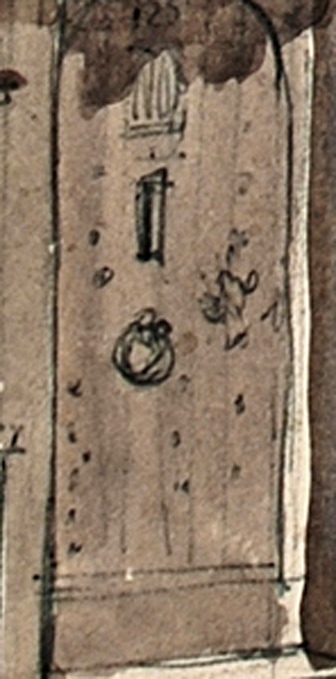
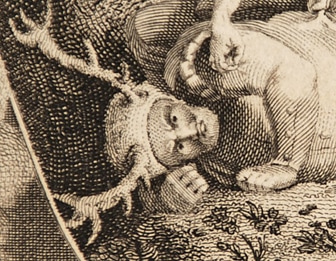
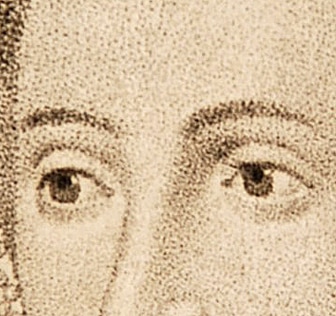
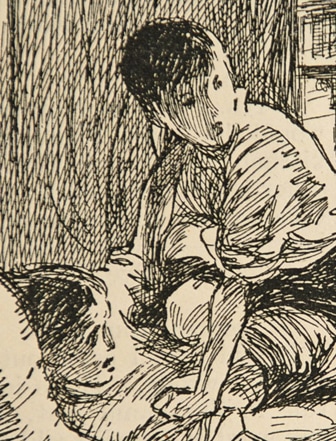
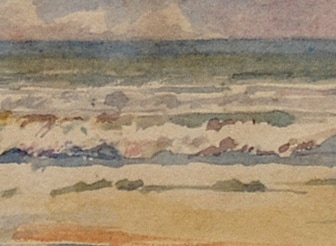
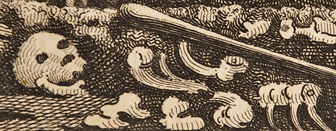
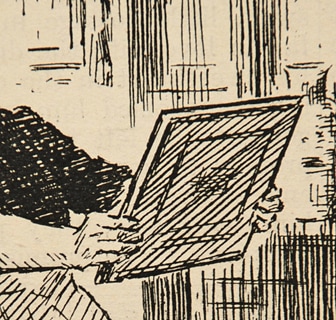
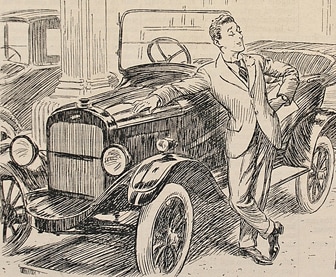
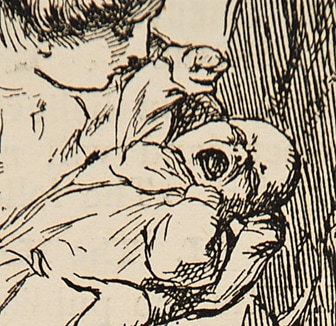
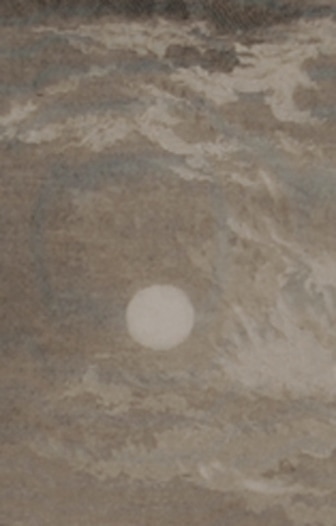

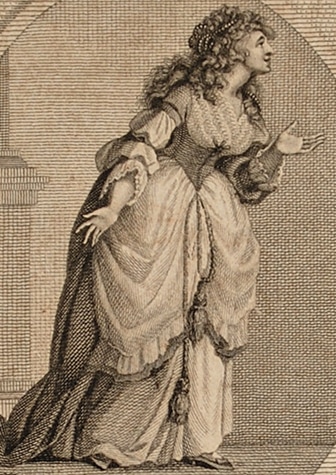
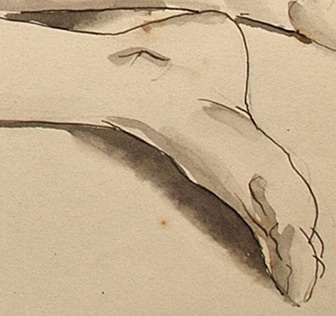
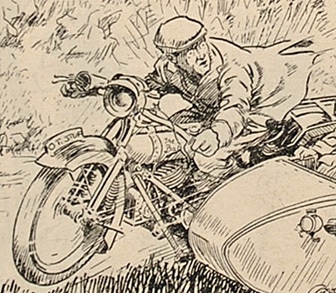
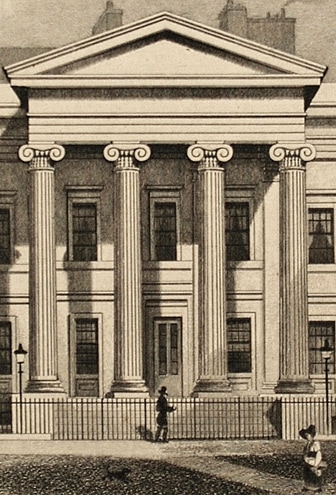
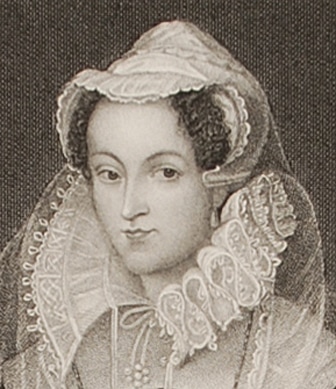
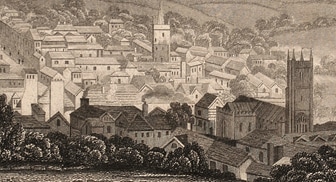
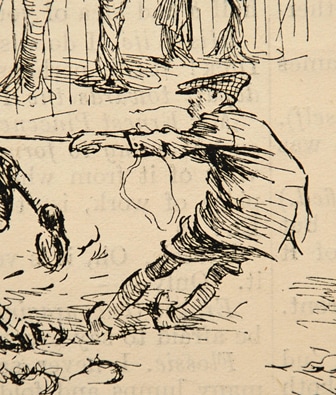
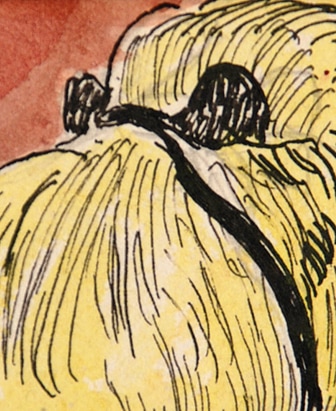
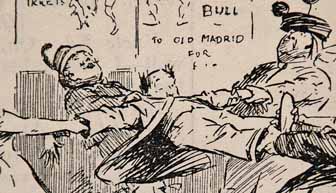
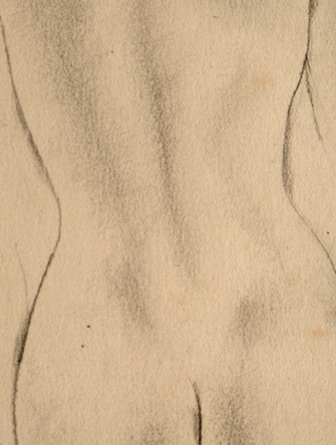
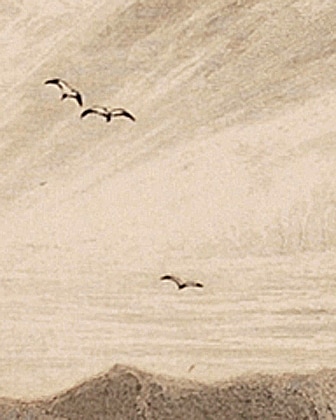
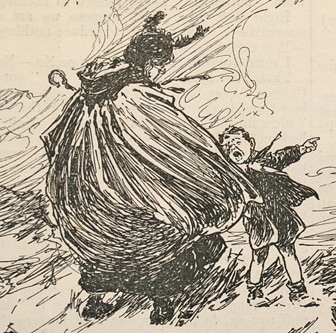

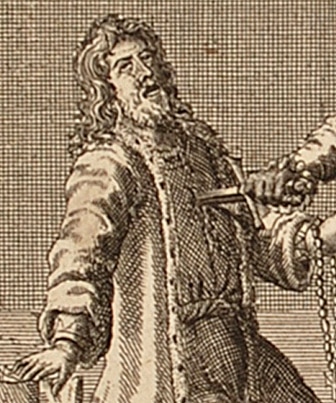
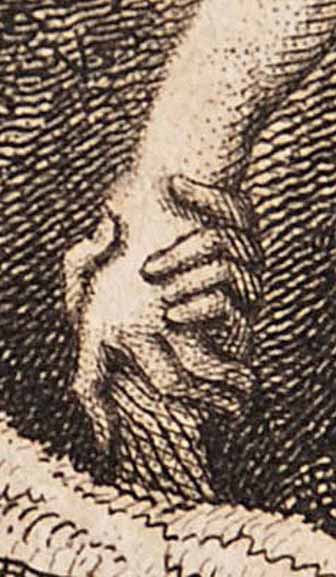
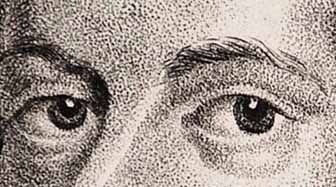
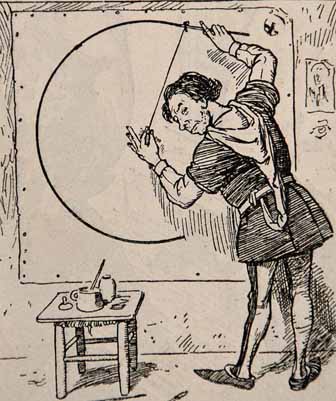
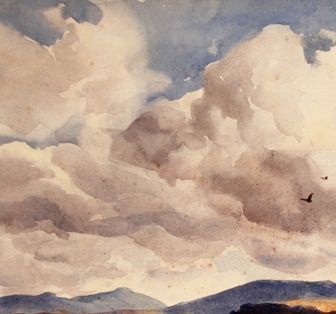
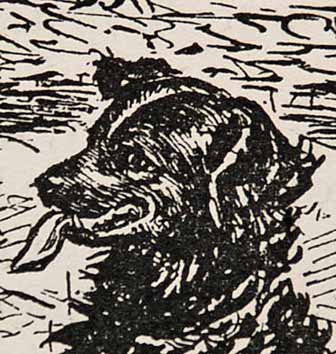
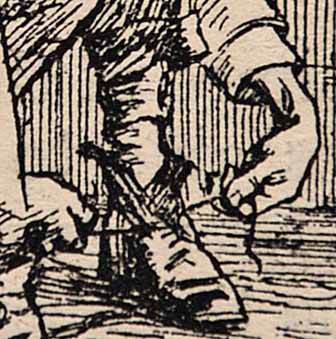
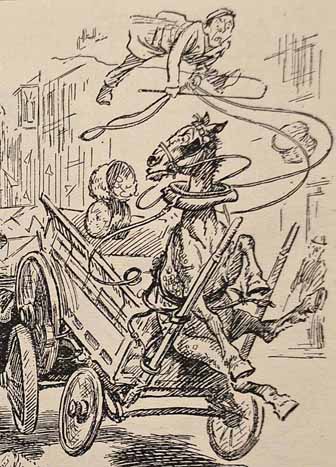
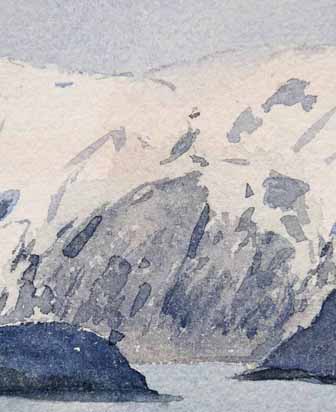
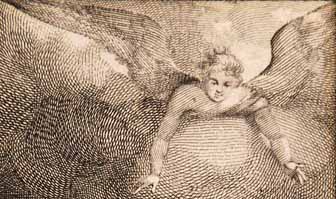

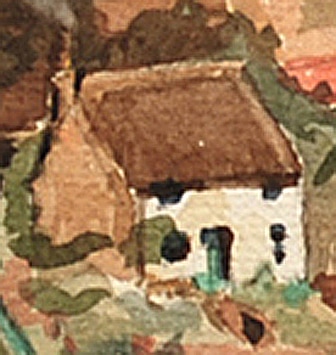
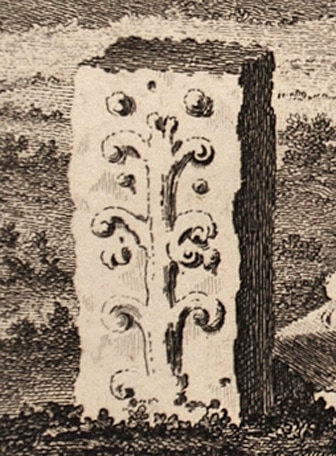
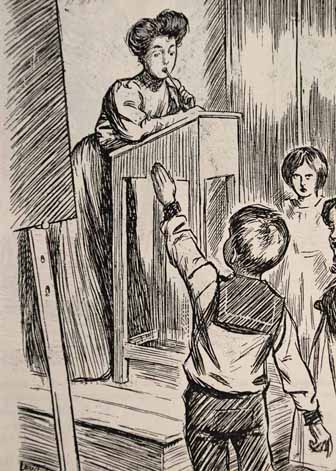
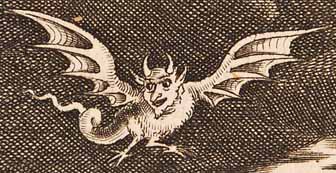
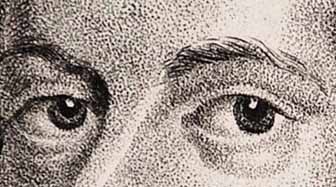
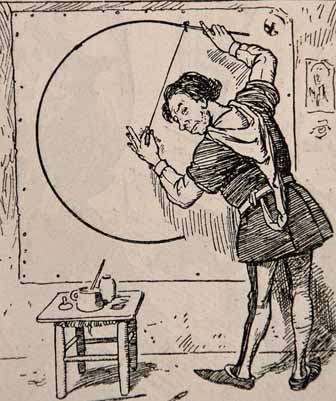
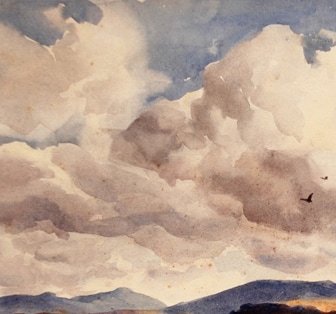
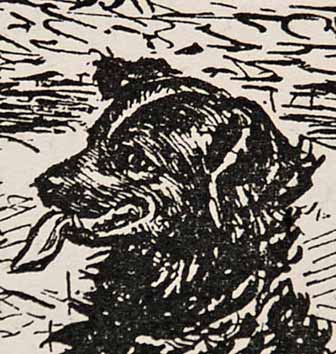
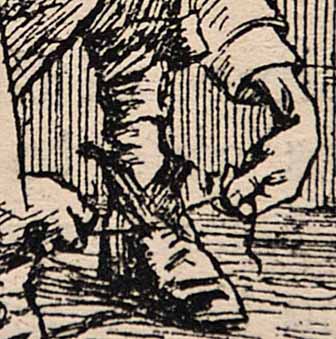
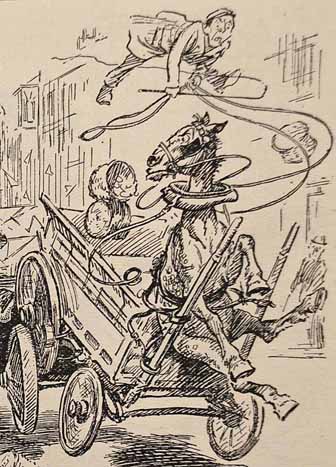
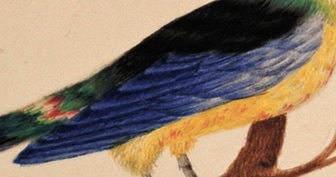
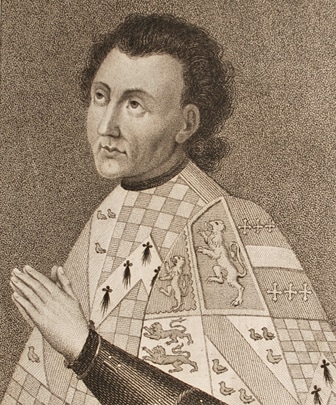
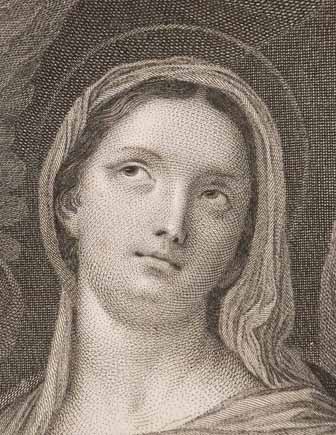
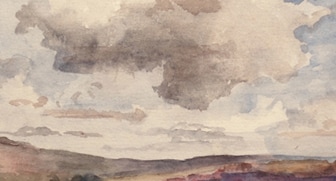
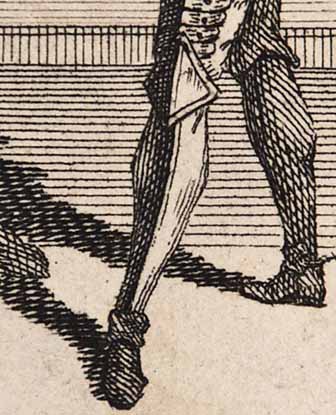
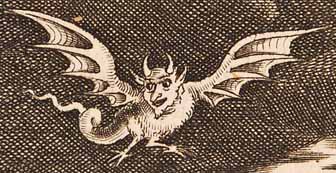
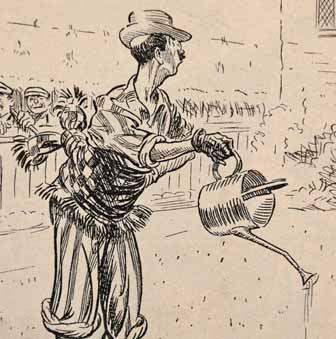
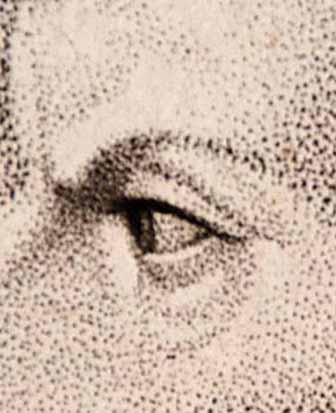
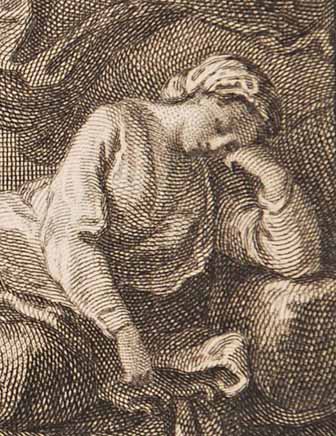
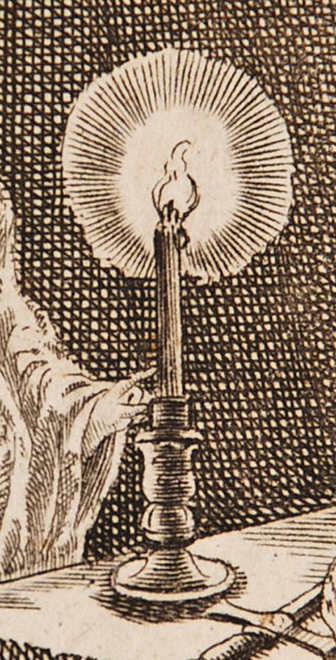
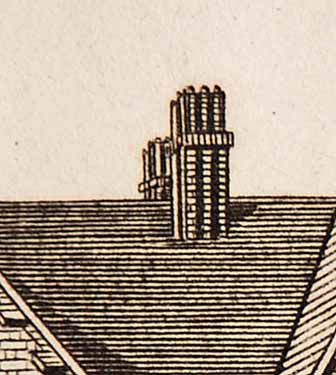
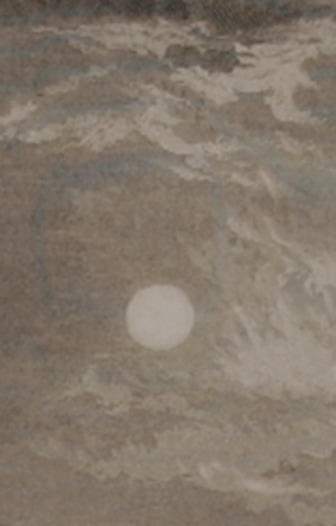
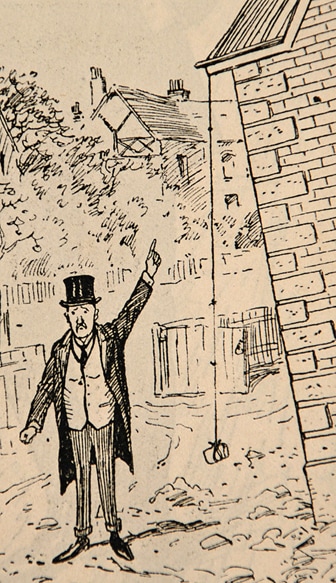
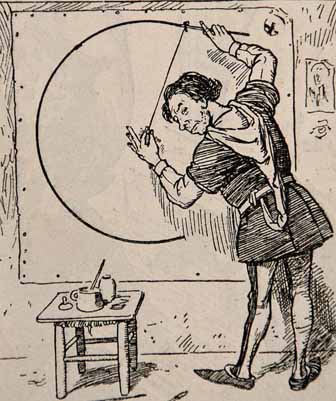
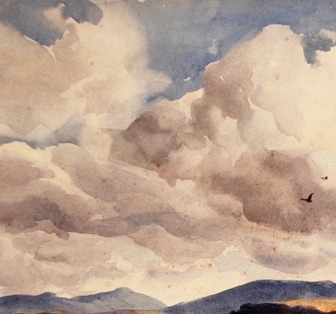
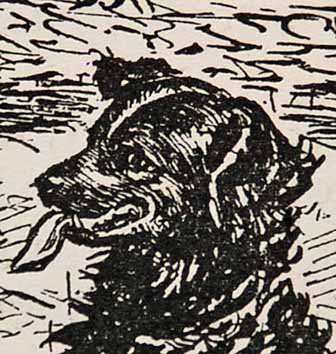
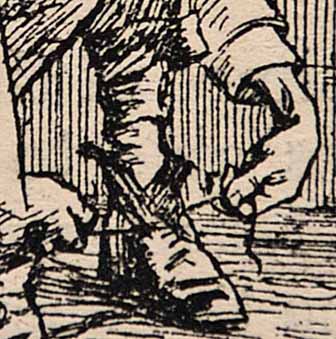
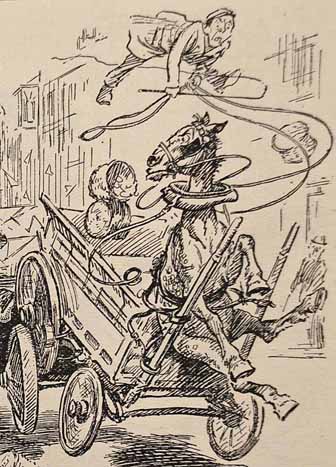
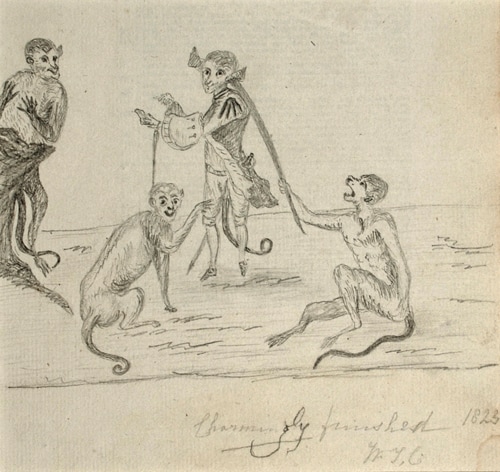
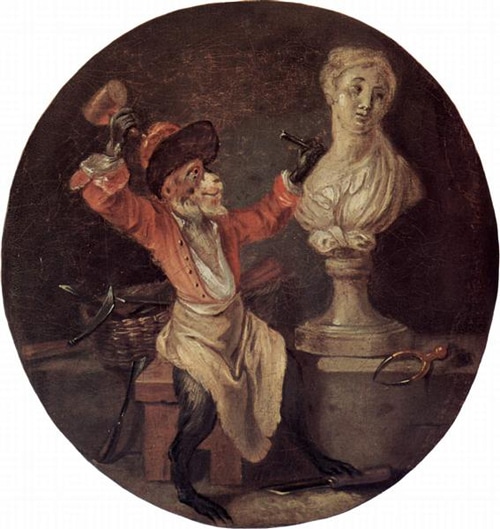
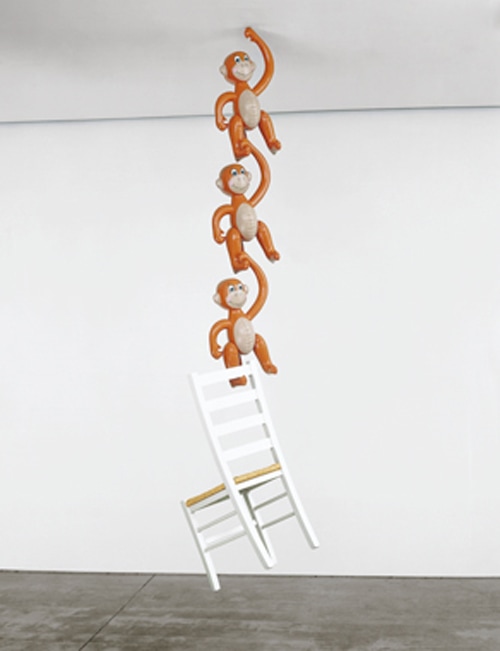
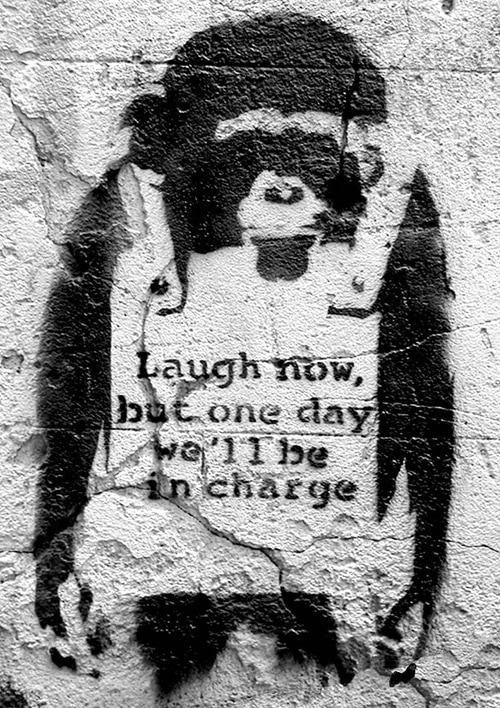
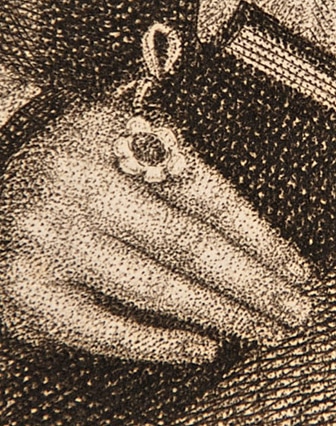
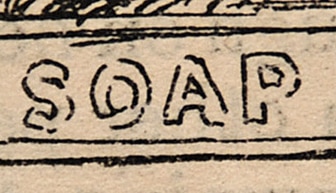
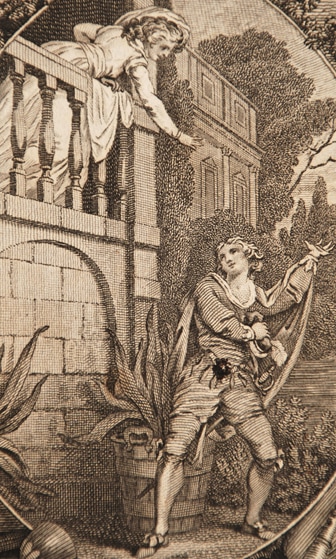
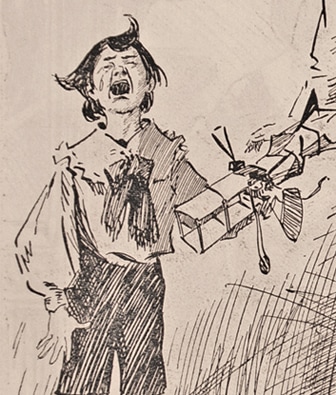
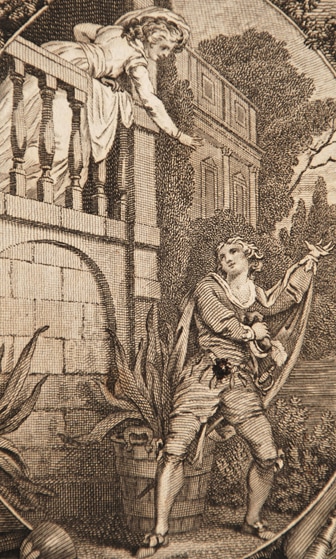
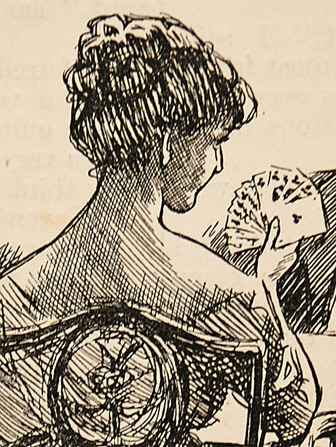
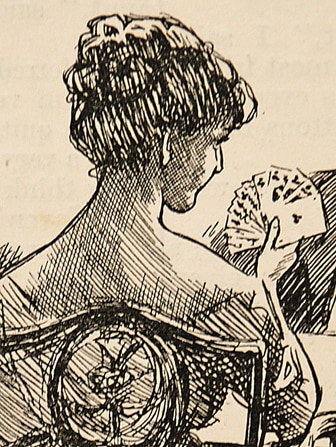
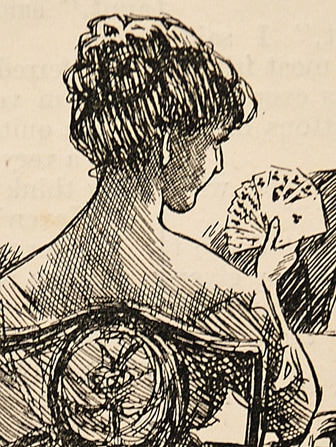
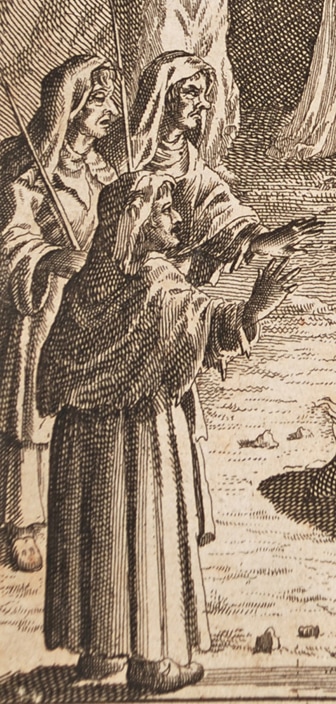
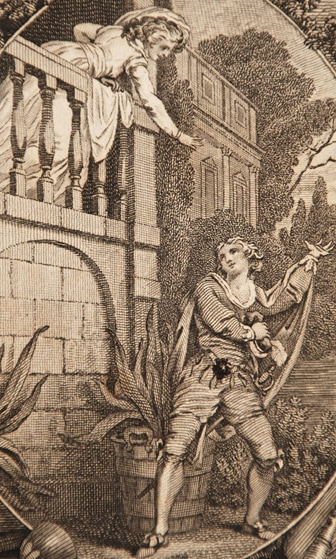
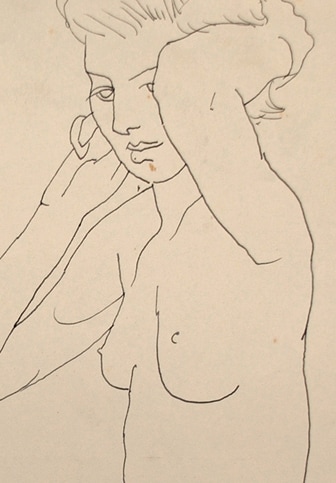
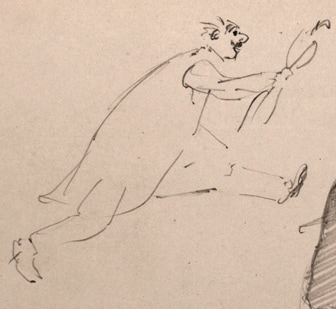
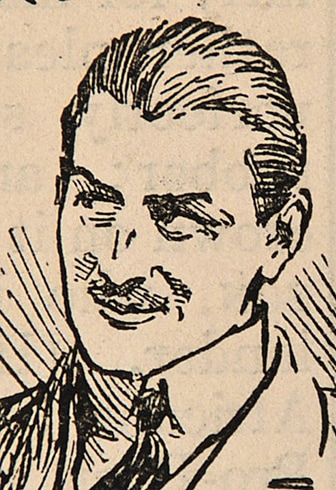
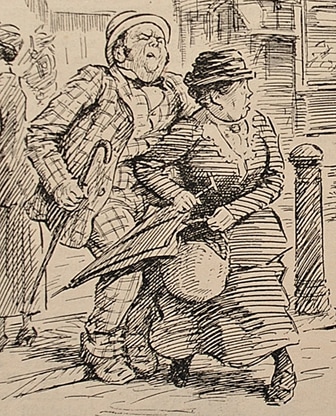
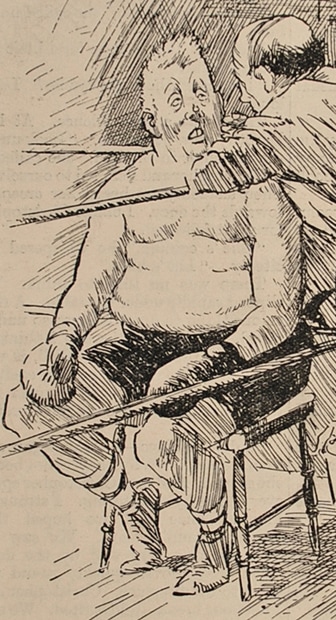
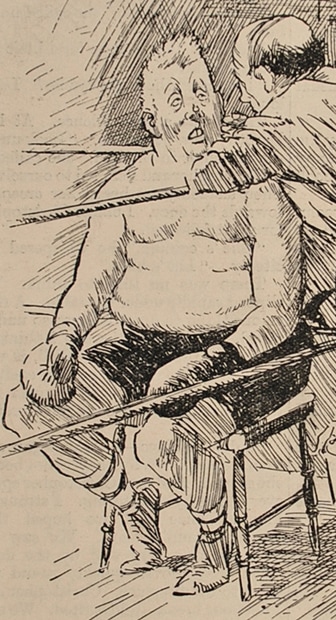
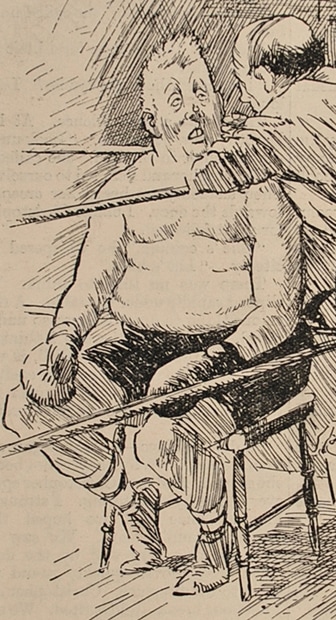
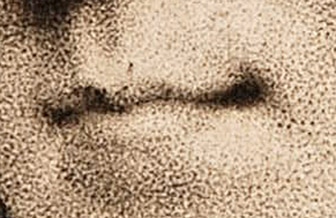
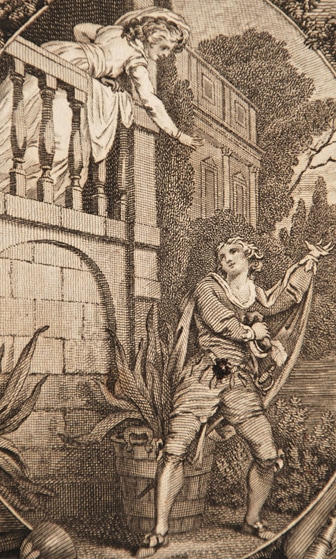
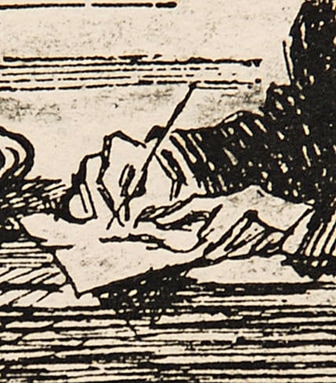
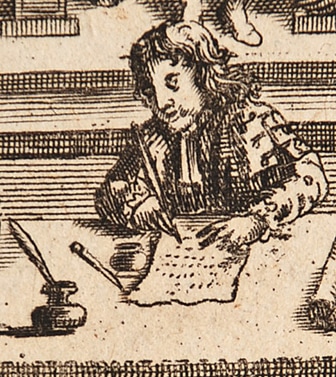
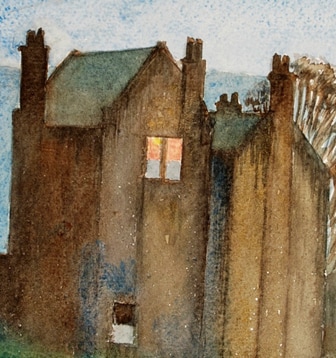
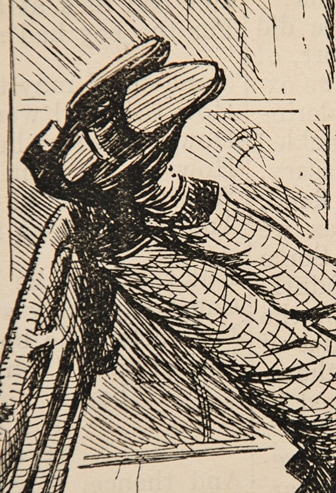
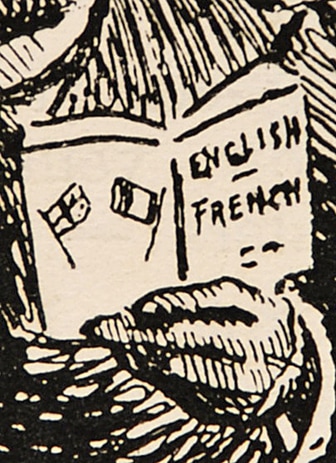
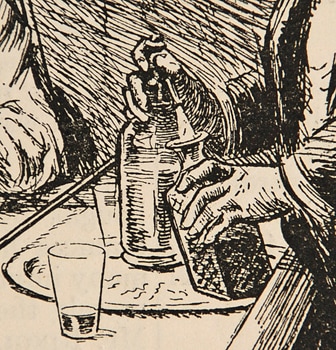
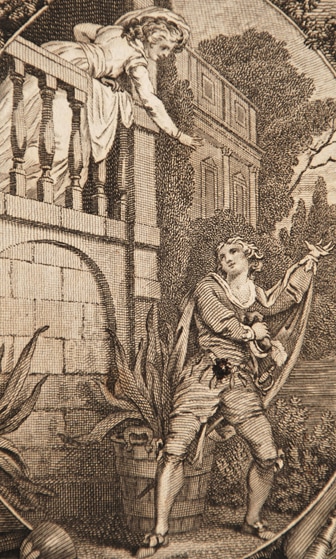
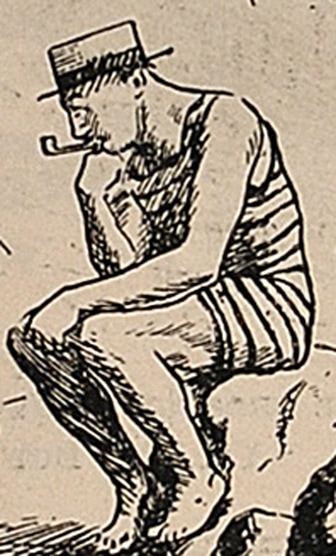
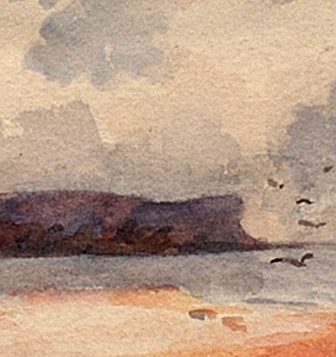
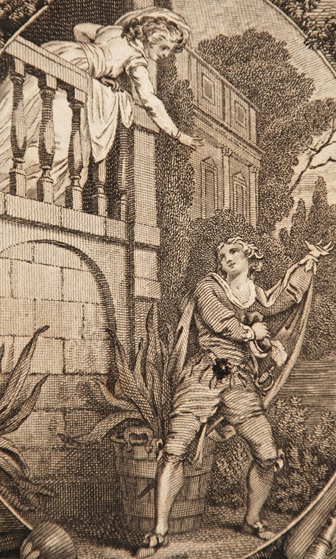
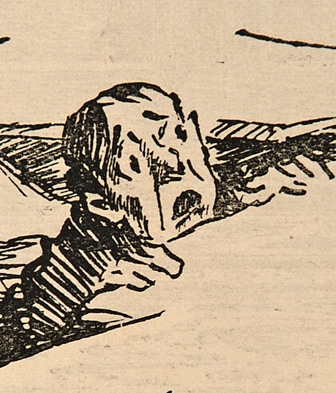
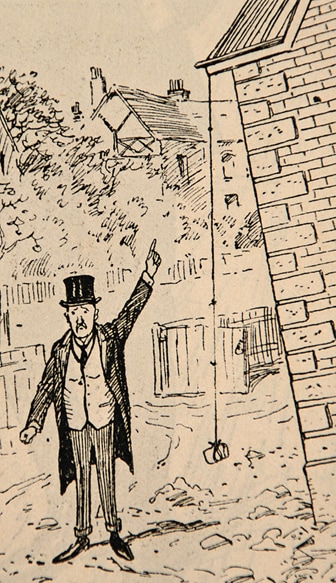
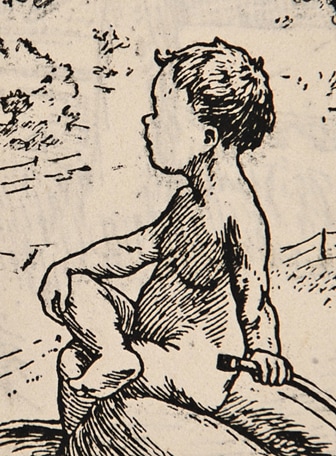
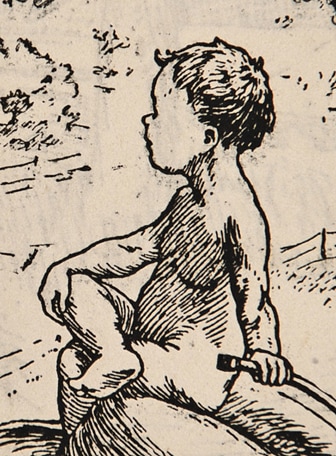
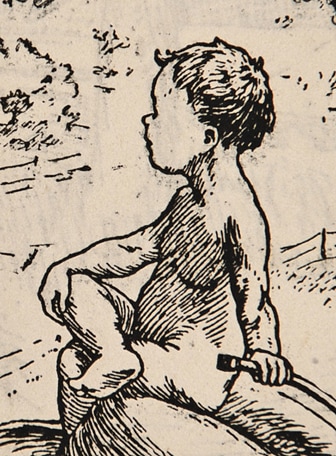
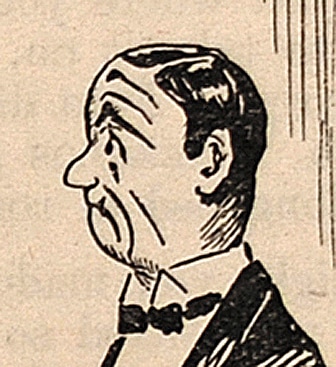
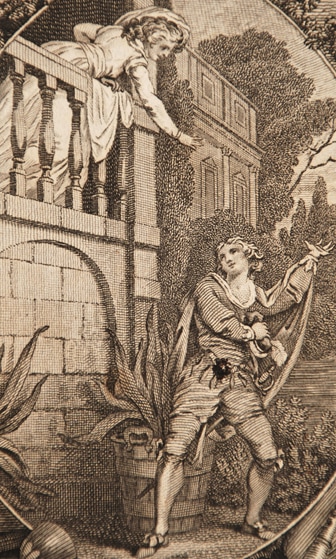
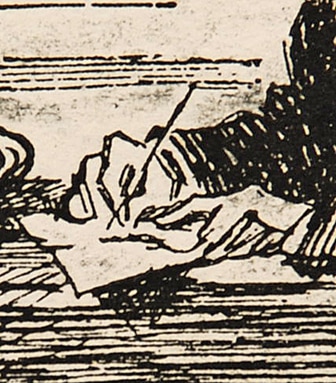
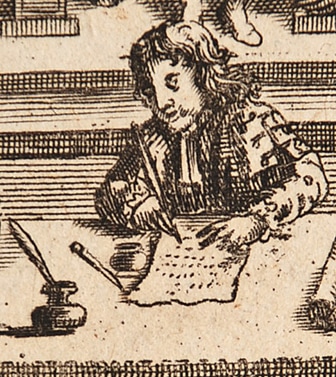
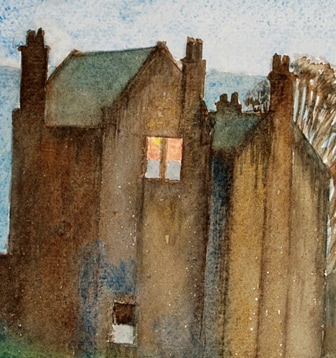
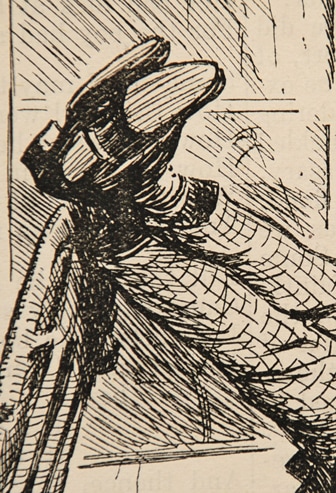
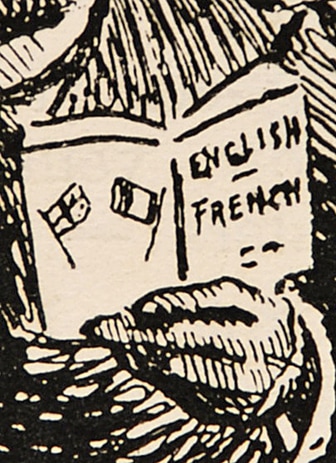
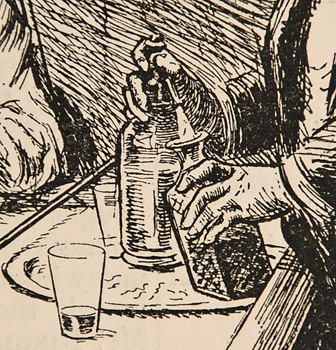
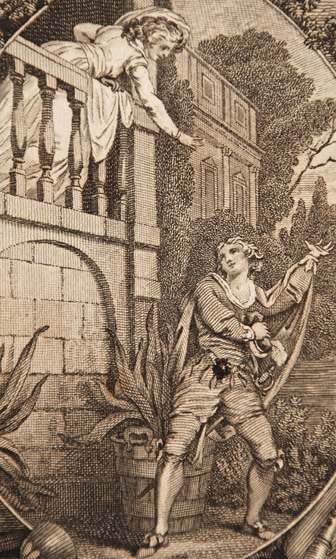
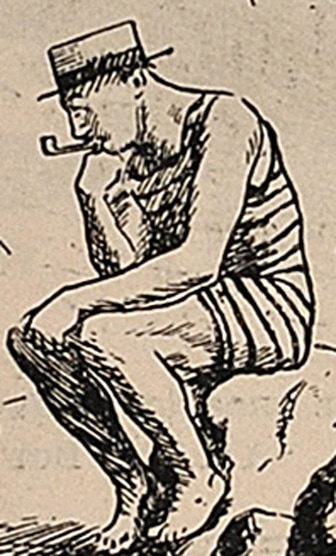
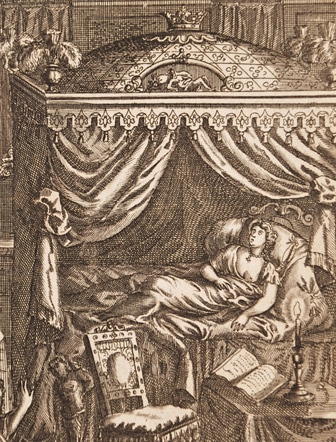
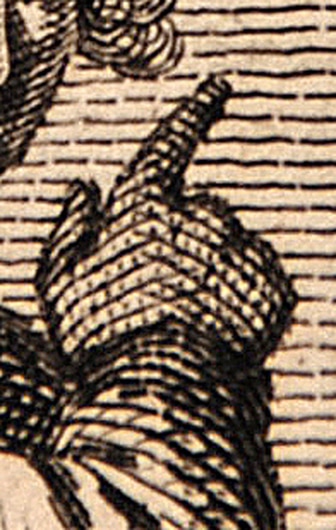
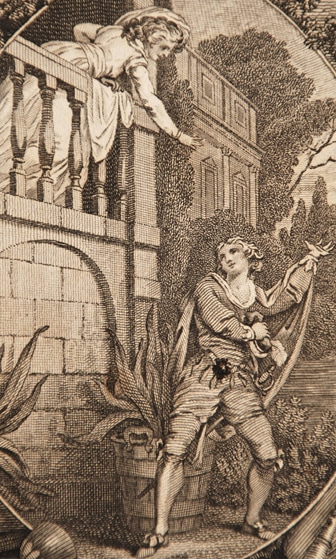
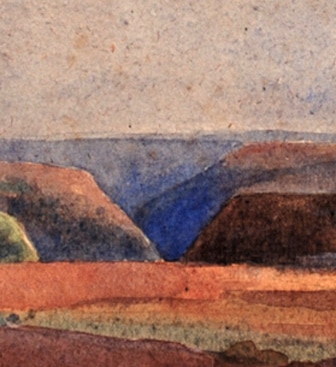
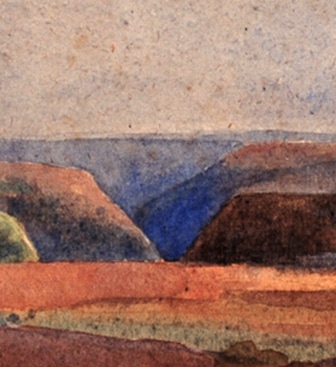
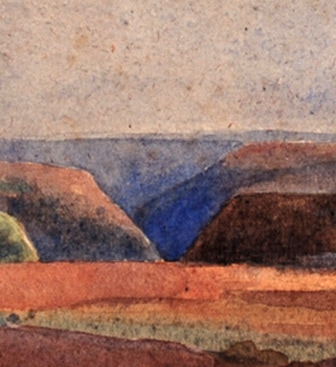
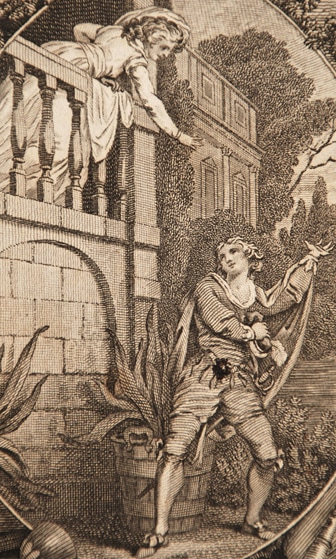
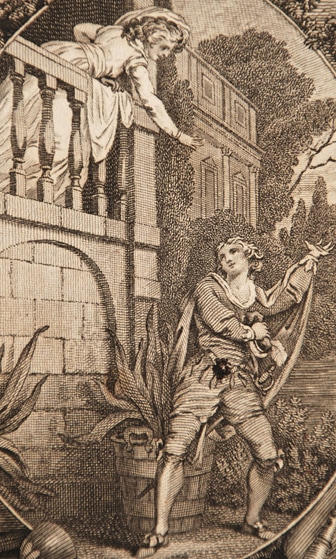

 RSS Feed
RSS Feed